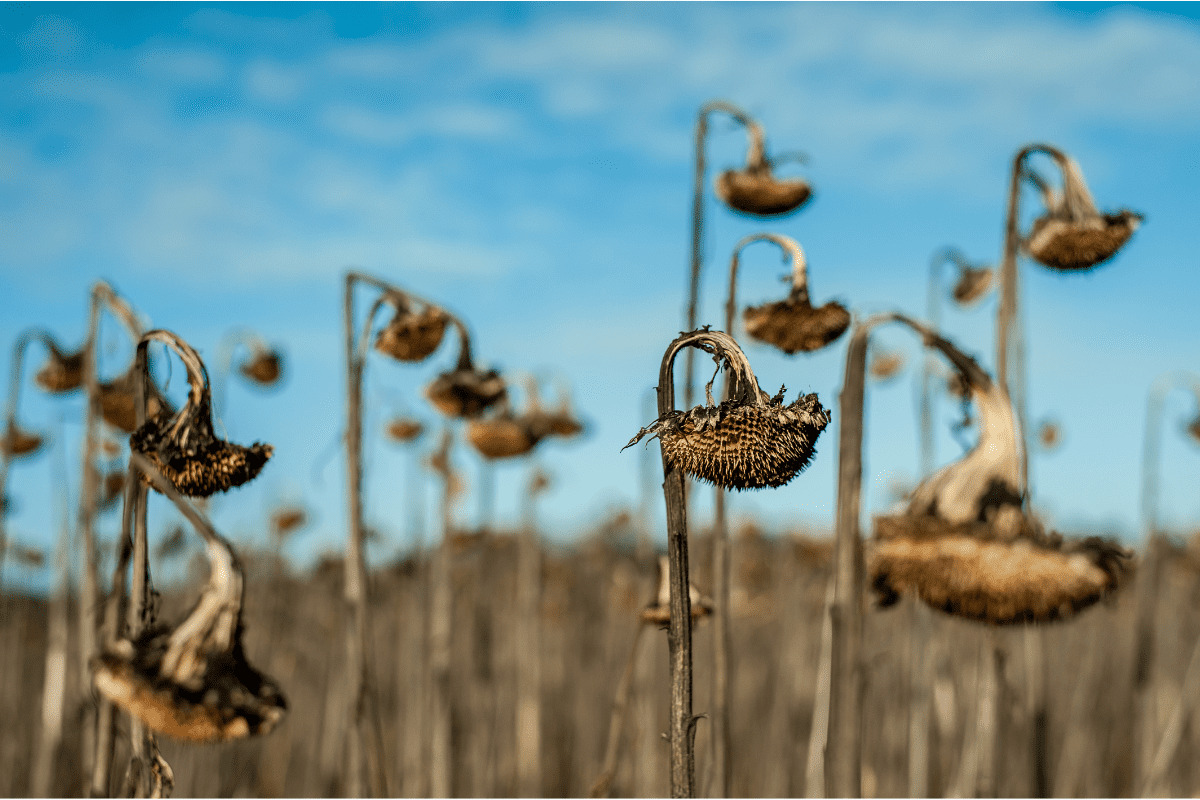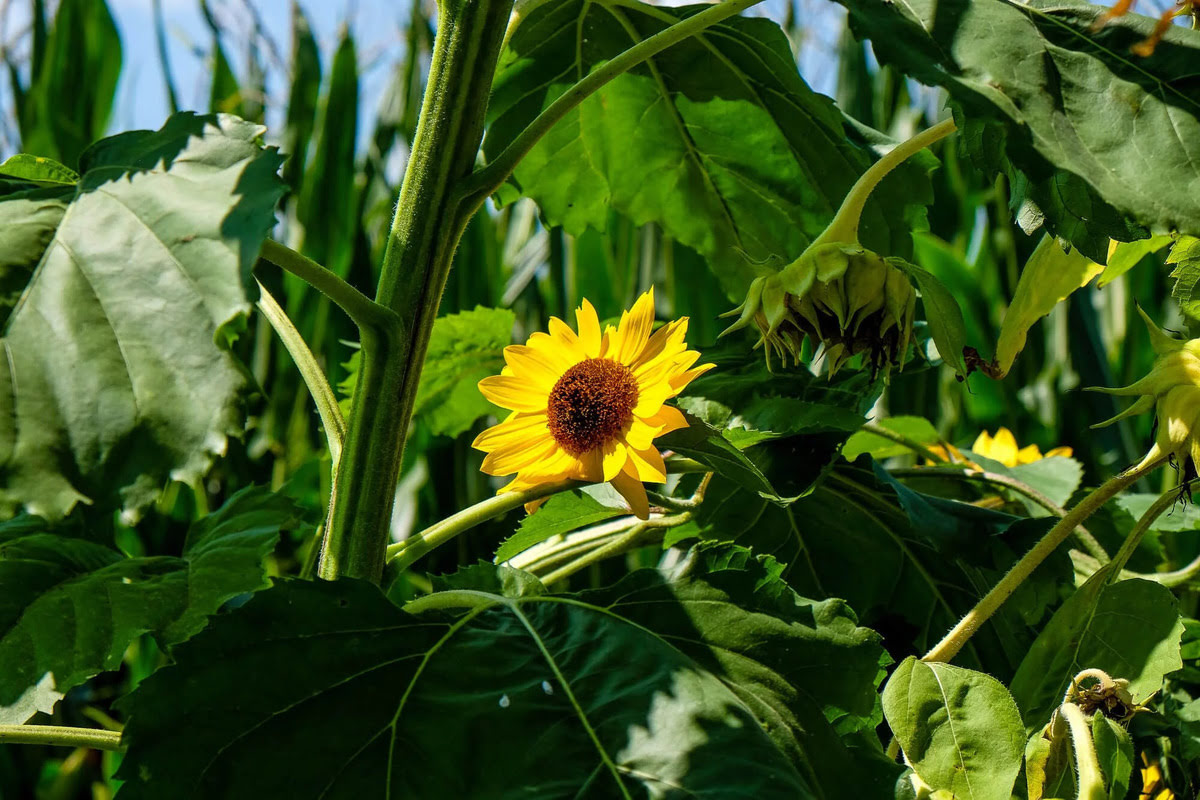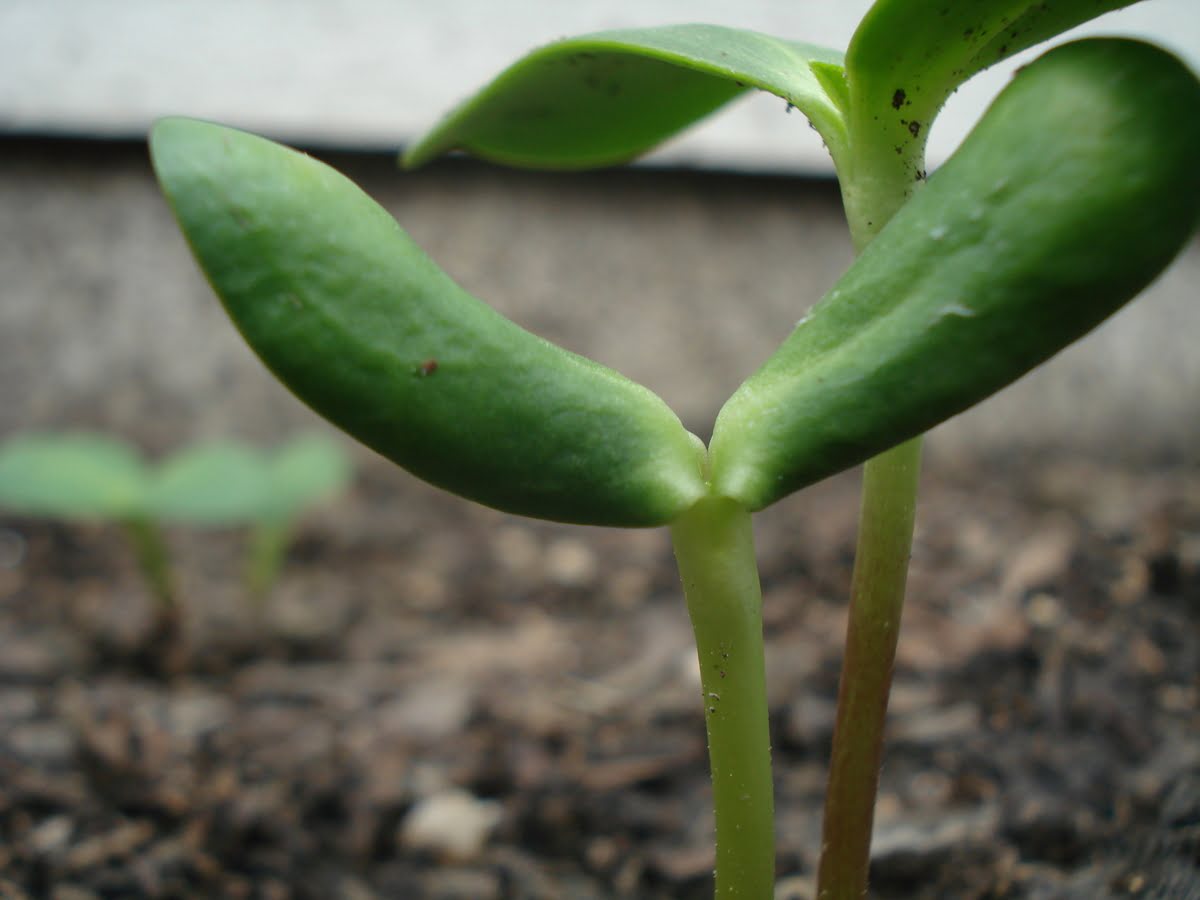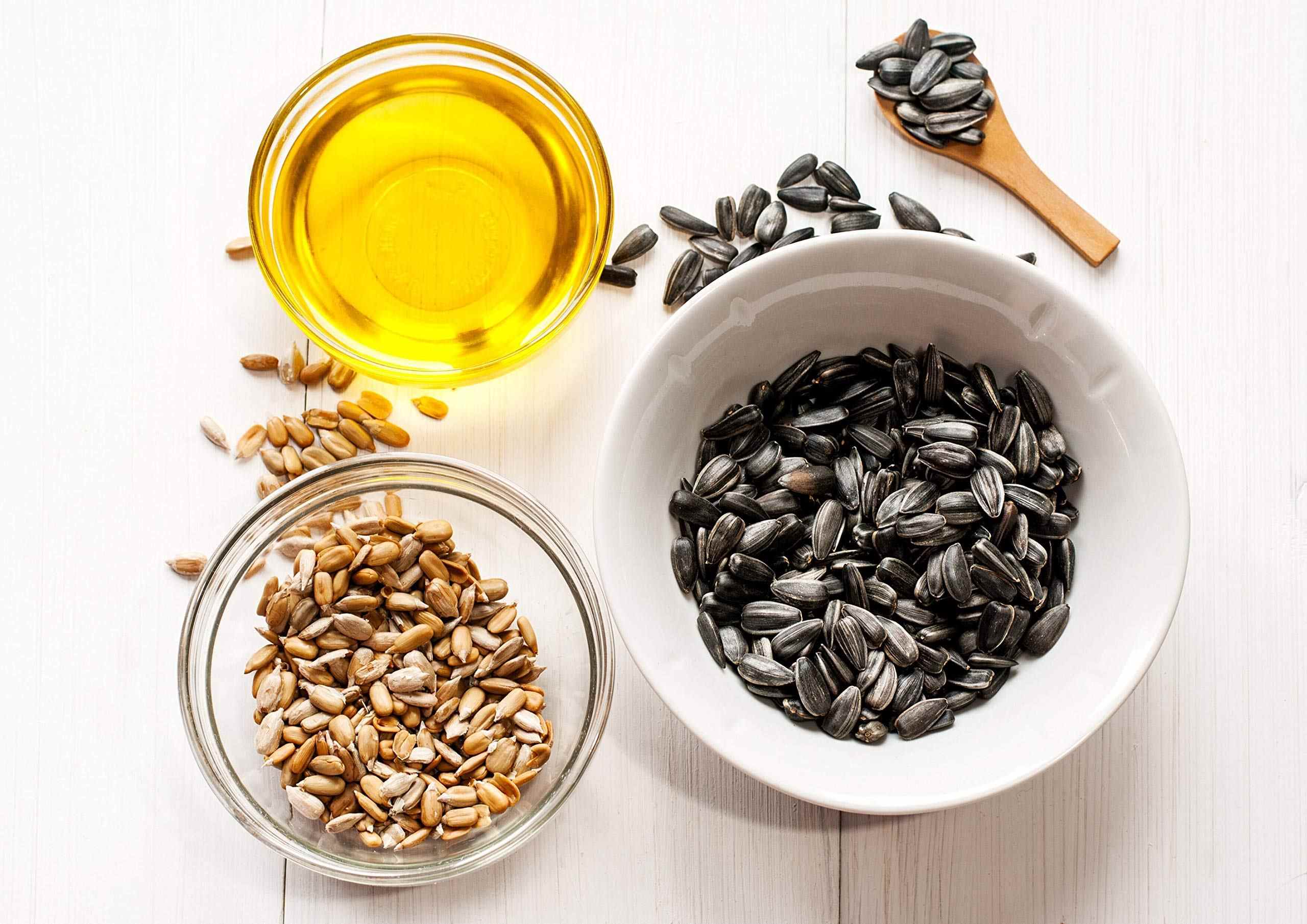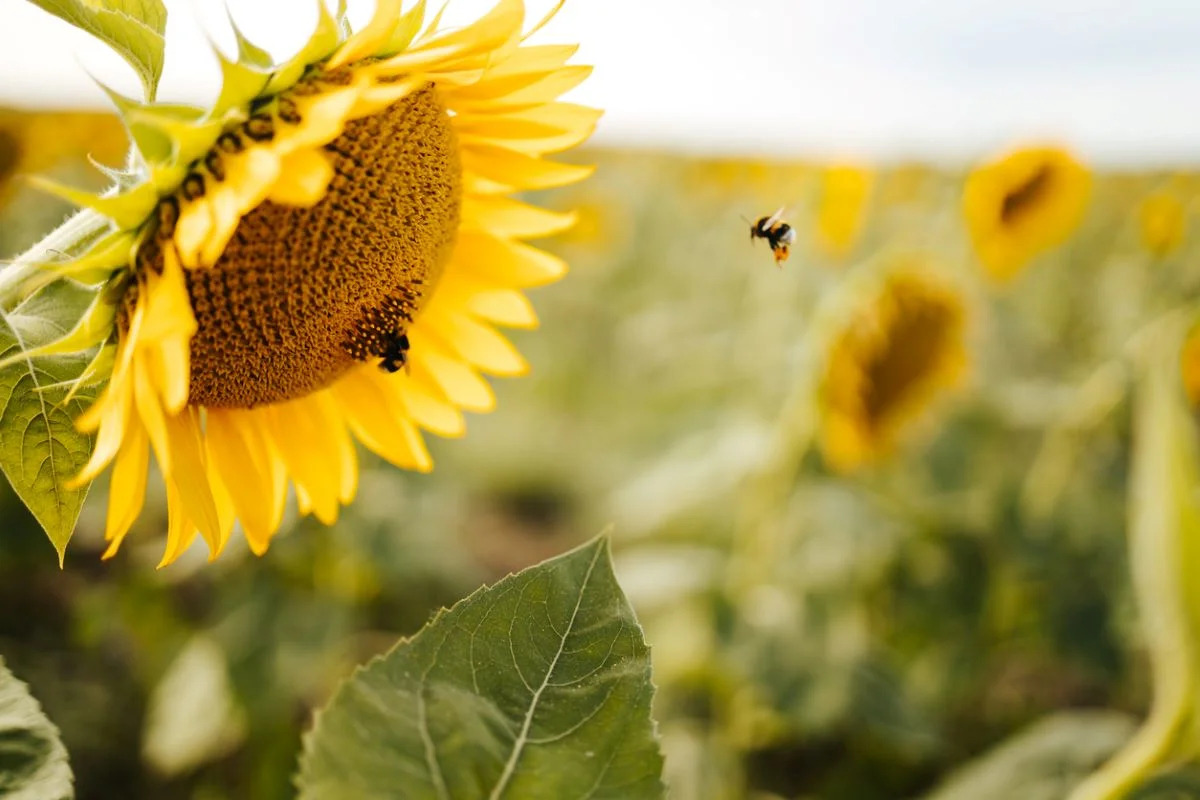Home>Types of Gardening>Ornamental Gardening>When Do Sunflowers Produce Seeds
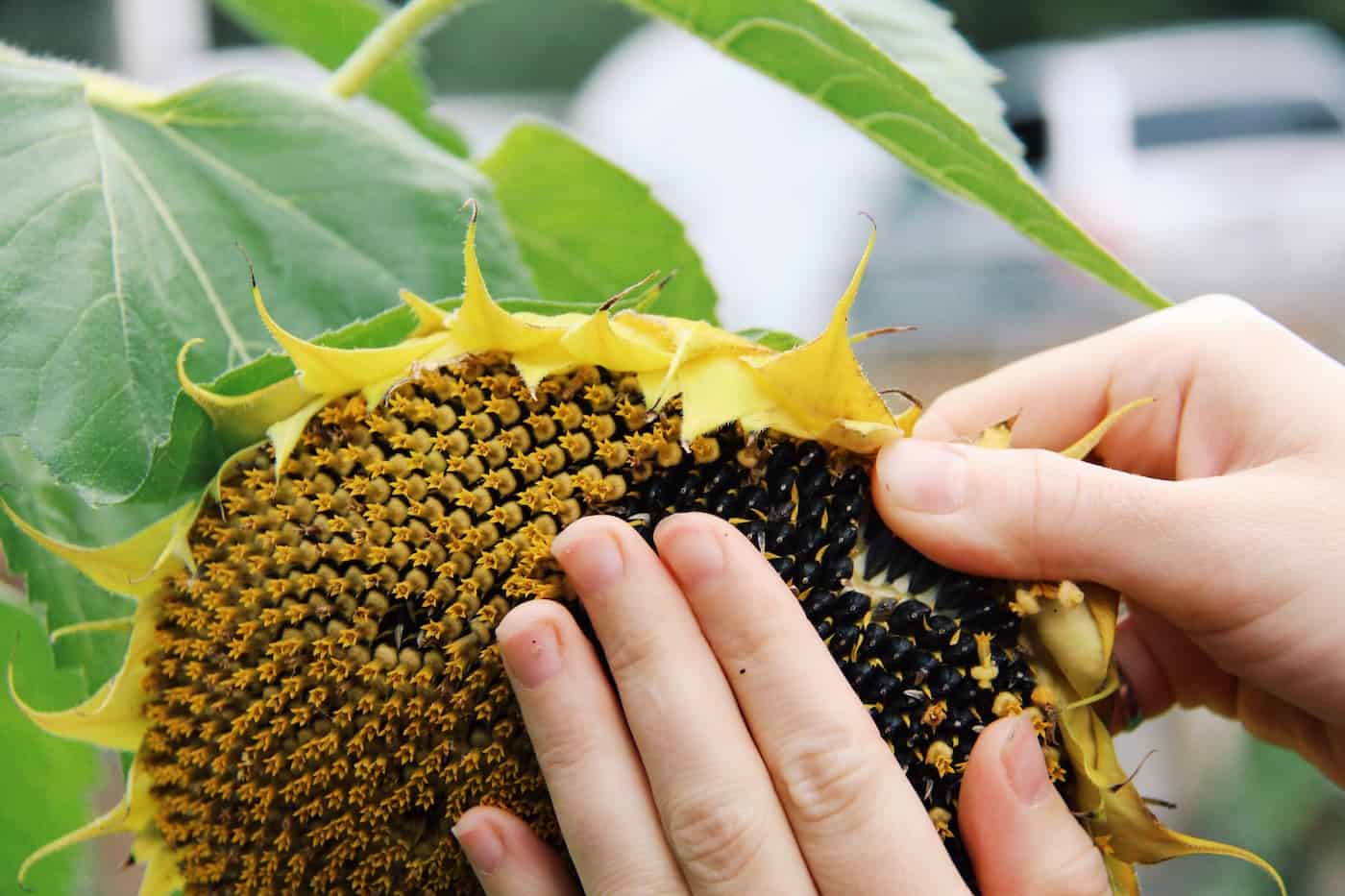

Ornamental Gardening
When Do Sunflowers Produce Seeds
Modified: January 22, 2024
Learn when sunflowers produce seeds in your ornamental garden. Discover the best time to harvest sunflower seeds for your gardening needs.
(Many of the links in this article redirect to a specific reviewed product. Your purchase of these products through affiliate links helps to generate commission for Chicagolandgardening.com, at no extra cost. Learn more)
Table of Contents
Introduction
Sunflowers, with their vibrant and towering presence, have captivated the fascination of gardeners and nature enthusiasts for centuries. These stunning blooms, known for their ability to track the sun's movement, hold a remarkable secret within their cheerful faces: the production of seeds. Understanding the lifecycle of sunflowers and the optimal conditions for seed development is essential for gardeners seeking to cultivate these iconic plants and harvest their seeds.
In this comprehensive guide, we will delve into the intricacies of sunflower seed production, from the flowering stage to the development of seeds and the methods for harvesting them. By gaining insight into the various stages of the sunflower's life cycle, you will be equipped with the knowledge and expertise to nurture these radiant blooms and reap the rewards of their bountiful seeds.
Join us on a journey through the mesmerizing world of sunflowers, where we will unravel the mysteries of seed production and explore the techniques for maximizing the yield of these cherished seeds. Whether you are a seasoned gardener or a budding enthusiast, this guide will illuminate the captivating process of when and how sunflowers produce seeds, empowering you to cultivate these majestic flowers with confidence and expertise.
The Life Cycle of Sunflowers
Understanding the life cycle of sunflowers is crucial for nurturing these radiant blooms and facilitating the production of seeds. Sunflowers, scientifically classified as Helianthus annuus, are annual plants that complete their life cycle within a single growing season. The journey of a sunflower from seed to mature plant encompasses several distinct stages, each contributing to the eventual formation of seeds.
Germination: The life cycle of a sunflower begins with the process of germination. Planted in well-drained soil with ample sunlight, a sunflower seed will sprout and send its roots downward while simultaneously sending a shoot upward to seek the sun’s warmth and light.
Seedling Stage: As the shoot continues to grow, it develops its first set of leaves and becomes a seedling. During this stage, the young sunflower plant is highly vulnerable and requires consistent watering and protection from pests and harsh weather conditions.
Vegetative Growth: With the establishment of its root system, the sunflower enters a phase of rapid vegetative growth. The stem elongates, and additional leaves and branches emerge, contributing to the plant’s overall stature and robustness.
Flowering Stage: The pinnacle of a sunflower’s life cycle is its flowering stage, characterized by the emergence of the iconic yellow blooms. The central disc of the flower, comprising tiny individual florets, holds the potential for seed production, marking a pivotal juncture in the sunflower’s lifecycle.
Seed Development: Following successful pollination, the fertilized florets within the sunflower’s disc begin the remarkable process of seed development. Each fertilized floret transforms into a seed, encased within the flower’s distinctive spiral pattern. As the seeds mature, the flower head gradually tilts downward, indicating the progression towards seed ripening.
By comprehending the various stages of the sunflower’s life cycle, gardeners can optimize their cultivation practices to ensure the vigorous growth and prolific seed production of these beloved blooms. The next sections will delve deeper into the pivotal stages of flowering and seed development, shedding light on the optimal conditions for nurturing sunflowers and maximizing the yield of their prized seeds.
Flowering Stage
As the sunflower plant reaches maturity, it embarks on a spectacular display of floral brilliance, marking the onset of the flowering stage. This phase is characterized by the emergence of the iconic sunflower blooms, which captivate onlookers with their radiant yellow petals and the striking contrast of the central disc. The flowering stage is a pivotal juncture in the sunflower’s life cycle, signifying the commencement of the seed production process.
During the flowering stage, the sunflower’s central disc, known as the capitulum, undergoes a remarkable transformation. Comprising hundreds of individual florets, the disc serves as the epicenter of seed development. Each floret possesses the potential to develop into a seed, making the flowering stage a crucial period for the initiation of the seed production process.
One of the most intriguing aspects of the sunflower’s flowering stage is its phototropic nature, characterized by the plant’s ability to exhibit heliotropism. This phenomenon involves the sunflower’s capability to track the movement of the sun across the sky, ensuring that the developing flower heads receive maximum exposure to sunlight. Throughout the day, the flower heads gradually reorient themselves to face the sun, a behavior that ceases once the flowers reach maturity.
Optimal conditions during the flowering stage are essential for maximizing the potential for abundant seed production. Adequate sunlight, typically six to eight hours per day, is crucial for promoting robust flower development and subsequent seed formation. Additionally, ensuring proper soil moisture and providing a nutrient-rich growing environment can bolster the sunflower’s capacity to yield a bountiful harvest of seeds.
As the sunflower’s flowering stage unfolds, the vibrant blooms not only serve as a testament to nature’s artistry but also herald the promise of a plentiful seed harvest. The subsequent section will delve into the intricacies of seed development, shedding light on the fascinating process through which the sunflower’s blooms give rise to a treasure trove of seeds.
Seed Development
Following the successful pollination of the sunflower’s florets during the flowering stage, the remarkable process of seed development ensues, laying the foundation for the eventual harvest of sunflower seeds. This pivotal phase unfolds within the flower’s central disc, where each fertilized floret undergoes a transformative journey, culminating in the formation of a mature seed.
Upon successful pollination, the fertilized florets within the sunflower’s disc initiate the process of seed development. Each floret progresses through distinct stages of maturation, gradually transforming into a seed encased within the flower’s characteristic spiral pattern. As the seeds mature, the flower head undergoes a noticeable shift, gradually tilting downward as a visual indicator of the advancing seed development.
The development of sunflower seeds is a testament to nature’s precision and intricacy. As the seeds mature, they accumulate vital nutrients and oils, essential for their viability and nutritional value. Throughout this process, the flower head serves as a protective encasement for the developing seeds, shielding them from external elements and facilitating their maturation.
Optimal conditions during the seed development phase are paramount for ensuring the robust growth and quality of the sunflower seeds. Adequate sunlight, consistent moisture, and a nutrient-rich soil environment play a pivotal role in nurturing the developing seeds and fostering their optimal development. Additionally, vigilant pest management and protection from adverse weather conditions are crucial to safeguard the burgeoning seeds.
As the sunflower’s seeds progress towards maturity within the protective embrace of the flower head, they undergo a profound metamorphosis, culminating in the formation of plump, nutrient-rich seeds ready for harvest. The subsequent section will illuminate the art of harvesting sunflower seeds, providing insights into the optimal timing and techniques for gathering these prized treasures from the sunflower’s radiant blooms.
Harvesting Sunflower Seeds
Harvesting sunflower seeds is a gratifying culmination of the plant’s lifecycle, offering a bountiful yield of nutritious and versatile seeds. The timing of the harvest is critical, as it directly impacts the quality and quantity of the seeds obtained. When the sunflower’s seeds have reached maturity and the back of the flower head turns brown, it is a sign that the seeds are ready for harvest. Additionally, the seeds should appear plump and firm, indicating their readiness for collection.
To harvest sunflower seeds, begin by carefully cutting the flower head from the stem, leaving a few inches of stem attached. This residual stem serves as a convenient handle during the subsequent seed extraction process. Once the flower heads are harvested, they can be air-dried in a well-ventilated area to facilitate the curing process. Placing the flower heads on a mesh or screen allows for adequate airflow, expediting the drying process and preventing mold or moisture-related issues.
As the flower heads dry, the seeds will gradually loosen from the central disc, making the extraction process more manageable. To remove the seeds, gently rub the flower head or use a fork to dislodge them, ensuring that they are collected in a clean and dry container. Thoroughly inspect the harvested seeds, discarding any damaged or immature ones to maintain the quality of the yield.
Once the seeds have been extracted, they can be further dried and cured in a well-ventilated area for a few weeks, allowing any residual moisture to evaporate and enhancing their storability. Properly dried sunflower seeds can be stored in airtight containers in a cool, dry location, preserving their freshness and nutritional value for an extended period.
Harvested sunflower seeds offer a myriad of culinary possibilities, from nutritious snacks to flavorful additions in salads, baked goods, and various dishes. Their versatility and nutritional benefits make them a valuable addition to any kitchen, reflecting the rewards of nurturing and harvesting these beloved blooms.
Conclusion
The captivating journey of sunflowers, from the emergence of their vibrant blooms to the bountiful harvest of their seeds, embodies the wondrous cycle of nature’s abundance. Understanding the intricate phases of the sunflower’s life cycle, from germination to seed development and eventual harvest, empowers gardeners to cultivate these iconic blooms with expertise and finesse.
Throughout this guide, we have unraveled the mysteries of when and how sunflowers produce seeds, delving into the flowering stage, the enchanting process of seed development, and the art of harvesting sunflower seeds. By recognizing the pivotal stages of the sunflower’s lifecycle and the optimal conditions for nurturing seed production, gardeners can foster the robust growth and abundant yield of these cherished blooms.
As the sunflower’s radiant blooms give way to the formation of plump, nutrient-rich seeds, the rewards of the harvest extend beyond the realm of gardening. The versatility and nutritional benefits of sunflower seeds elevate them to a culinary staple, offering a delectable array of possibilities for enriching meals and snacks with their wholesome goodness.
Whether adorning gardens with their resplendent beauty or gracing kitchens with their nourishing seeds, sunflowers continue to captivate and inspire, embodying the timeless allure of nature’s marvels. As we embrace the enchanting journey of sunflowers and their seed production, we celebrate the harmony between cultivation and reaping the rewards of nature’s abundance, perpetuating the legacy of these iconic blooms for generations to come.

